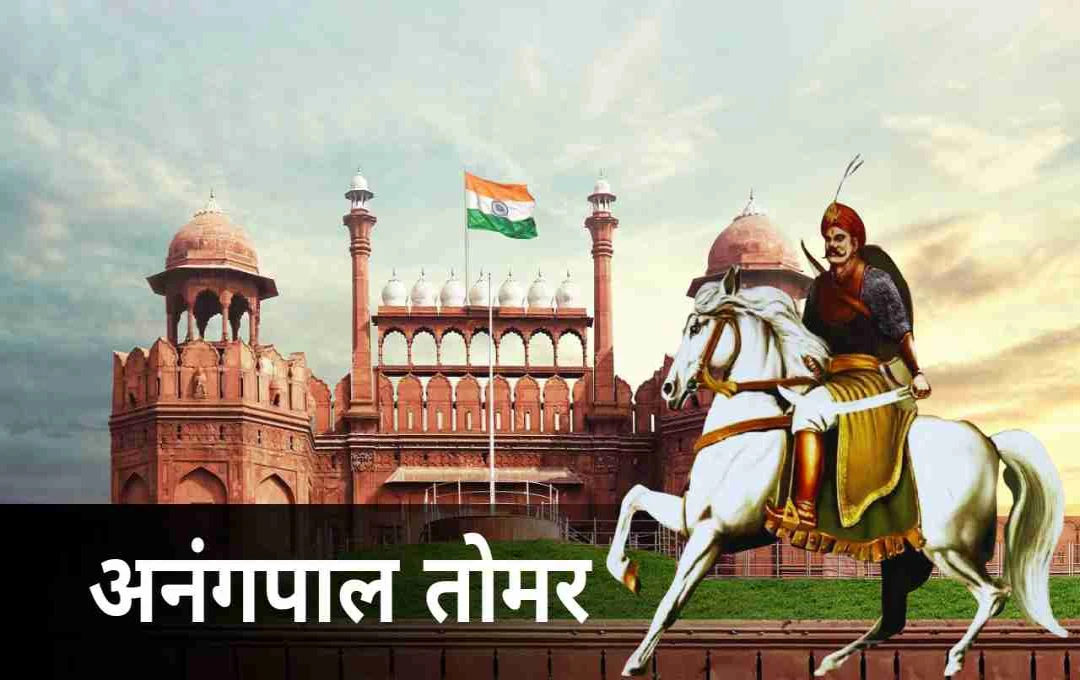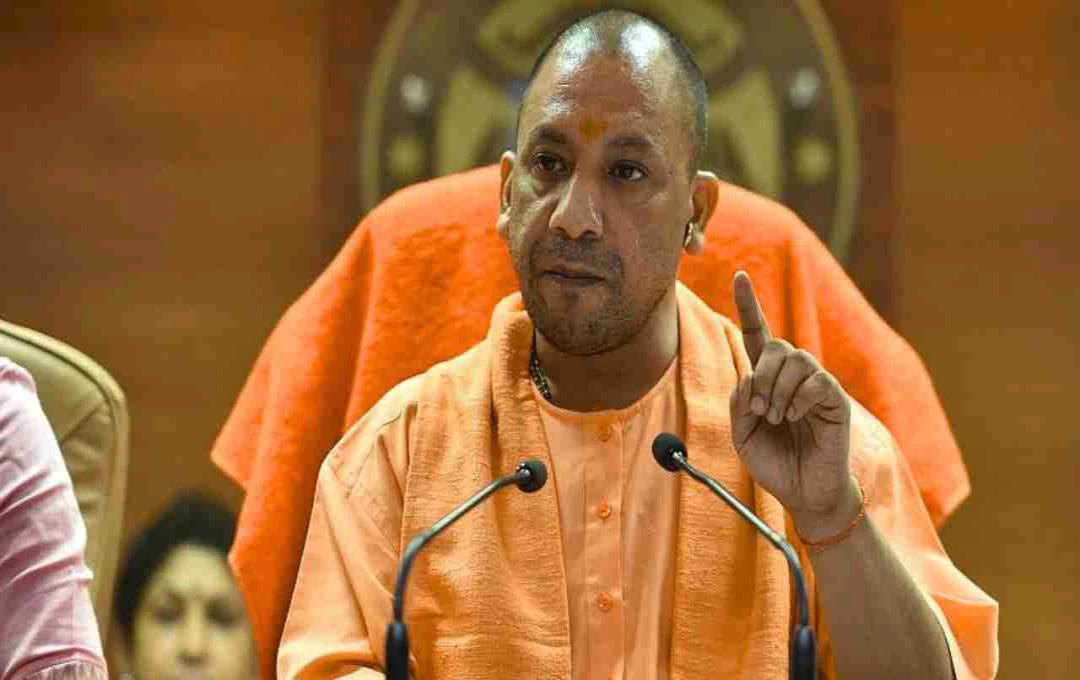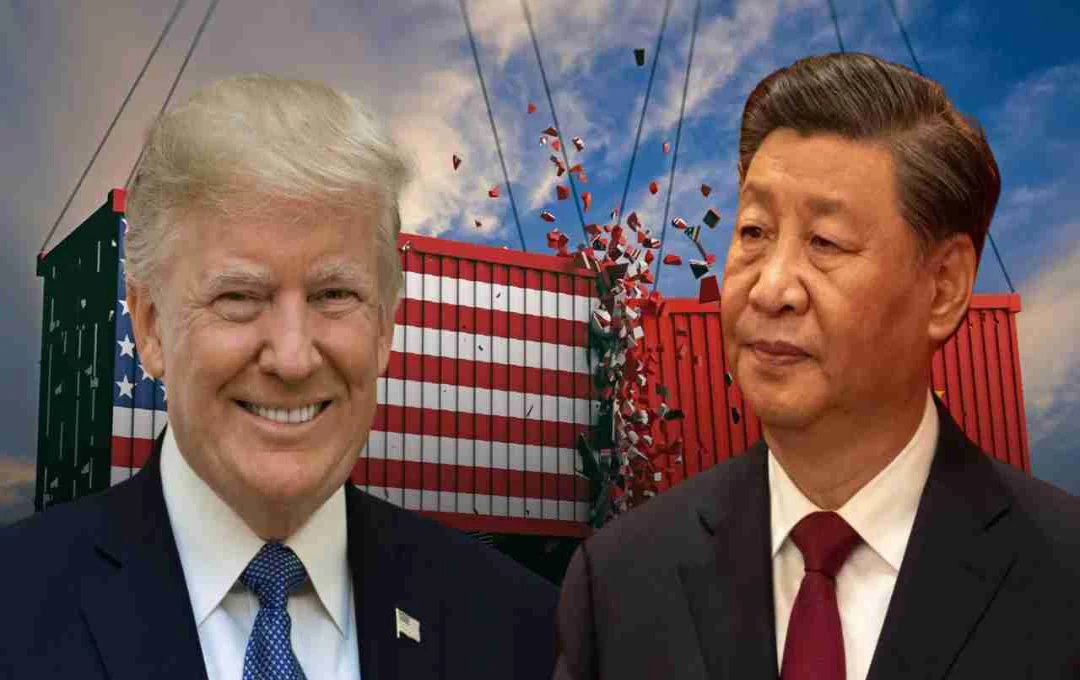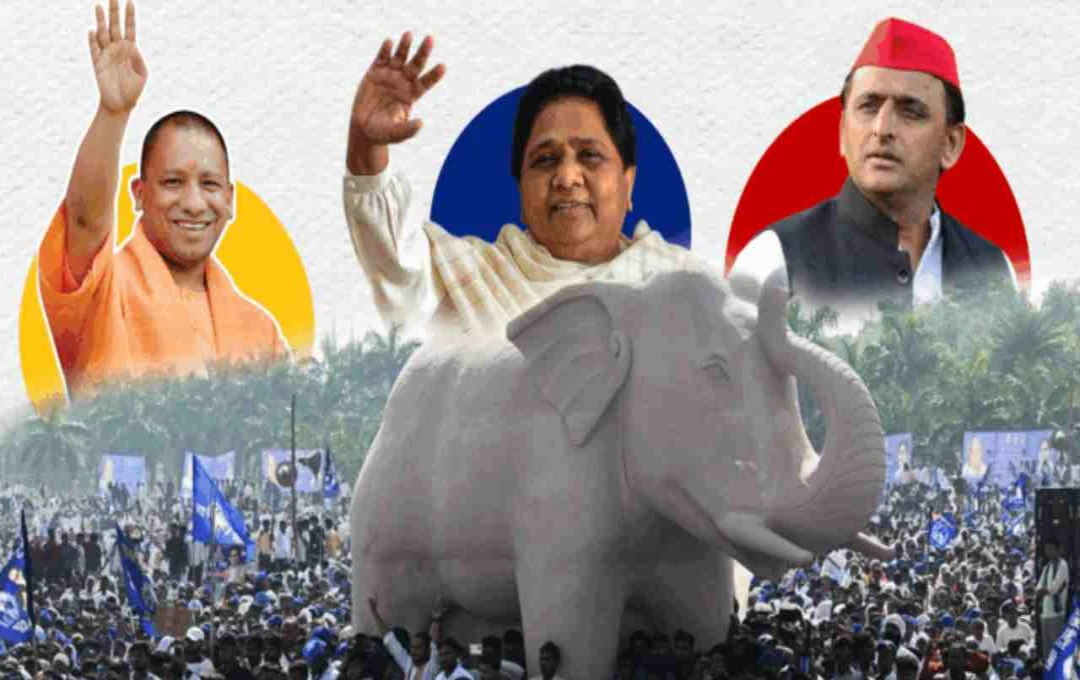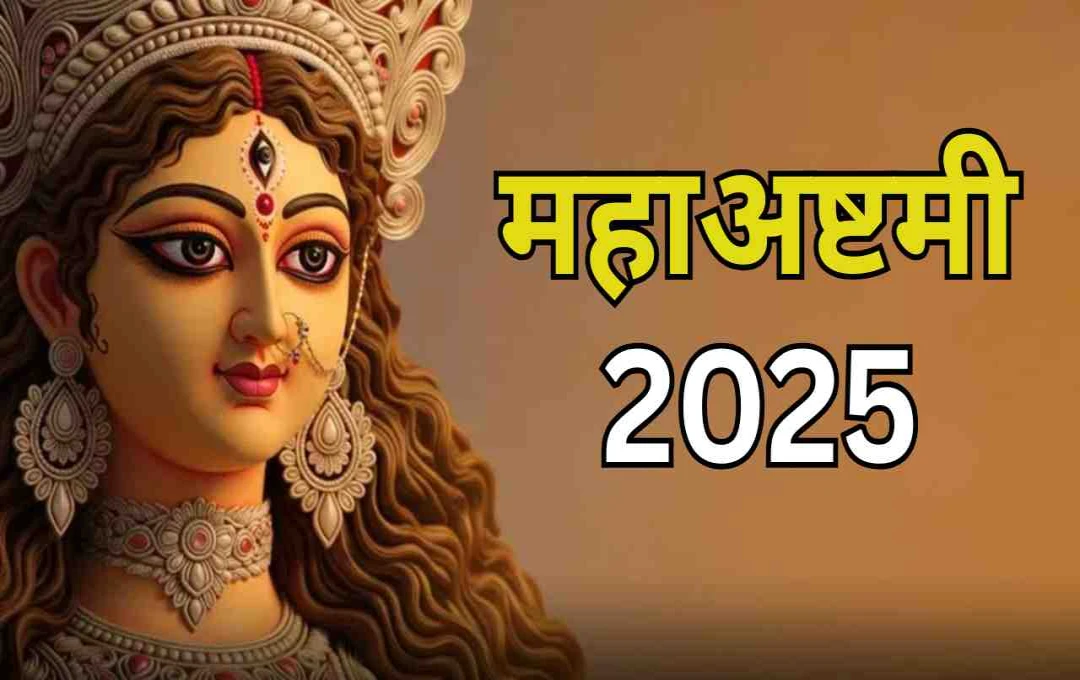Anangpal Tomar holds a significant place in Indian history as a hero who not only laid the foundation of Delhi but also strengthened the Hindi language and culture. This great ruler of the Tomar dynasty achieved not only political and military accomplishments during his reign but also made unprecedented contributions in terms of culture and architecture. His rule extended to parts of Delhi, Haryana, Punjab, Himachal Pradesh, Uttar Pradesh, Madhya Pradesh, and Rajasthan. This article presents a detailed account of Anangpal II's life, lineage, administration, war strategy, architecture, and cultural legacy.
Lineage and Origin
Anangpal II is considered a descendant of Parikshit, the son of Arjuna. His lineage is extensive and of historical significance, featuring descriptions of numerous powerful kings and warriors. This genealogy, which traces the lineage from Parikshit to Anangpal II, connects the mythological and historical aspects of Indian history. This lineage reflects the depth and stability of the Tomar Empire.
Geographical Location of the Tomar Empire
During the reign of Anangpal II, the Tomar Empire extended over a large part of North India. This region was then called 'Haryana,' which means 'abode of God.' This ancient Haryana was many times larger than the present-day state of Haryana. The Tomar capital changed several times—starting from Anangpur and eventually reaching Dhillikapuri (present-day Delhi). Several major forts and cities, such as Pathankot, Nagarkot, Asigarh, Saunkh, Gwalior, Bhatinda, and Mathura, fell under his rule.
Establishment of Delhi
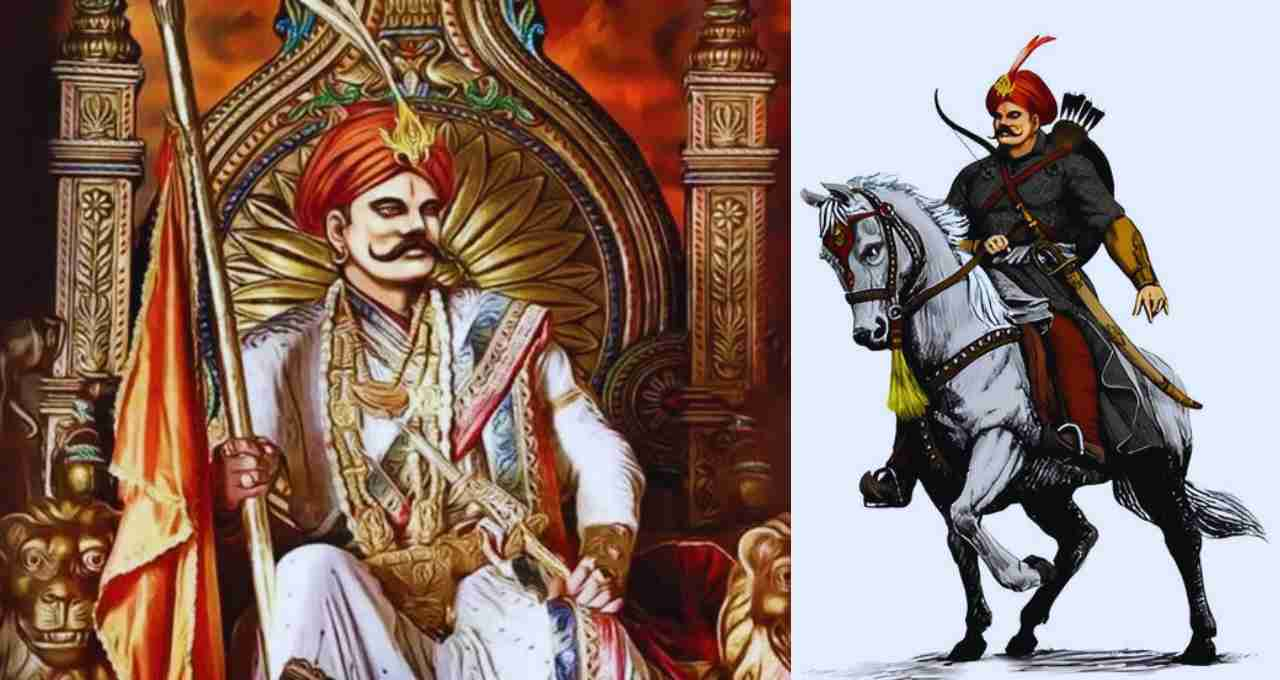
Anangpal II is known as the founder of Delhi. He established the city called Dhillika in 1052 AD, which later came to be known as Delhi. An inscription in the Delhi Museum states:
'Deshoasti Haryanaakhyah Prithivyaam Swargsannibhah, Dhillikaakhya Puri Tatra Tomarairasti Nirmita.'
Anangpal brought the famous iron pillar from Saunkh (Mathura) and installed it in Delhi, which can still be seen in the Qutub complex today. Inscriptions on this pillar confirm the fact that Anangpal established this pillar in Delhi.
Architectural Contributions: Lal Kot and Other Constructions
Anangpal II built Lal Kot in Delhi, which was later known as Qila Rai Pithora. This was Delhi's first 'Red Fort,' with walls 60 feet high and 30 feet thick. Its perimeter was approximately 2 miles. He also gave religious and cultural significance by installing the iron pillar in the center of this fort. In addition, he constructed forts in Asigarh (Hansi), Tahangarh (Karauli), Patan (Rajasthan), Ballabhgarh, Saunkh, Badalgarh, and Mahendragarh. A sword manufacturing center was established in the Asigarh fort of Hansi, from where swords were exported to Arab countries.
Religious Beliefs and Yogmaya Temple
The religious beliefs of Anangpal II were also of great importance. He built the Yogmaya Temple located in Mehrauli, which was dedicated to his family deity. This temple was one of the 27 temples destroyed by Muslim invaders, but it is still in use today as a living religious site. The nearby Anangtal Baoli was also built by him, which is an excellent example of water conservation.
Surajkund and the Beginning of Cultural Fairs
Surajkund, built by his son Surajpal, is still a major cultural site today, where an international crafts fair is held every year. This place is a symbol of architectural and cultural prosperity and reflects the cultural outlook of the Tomar dynasty.
Military Power and War Strategy
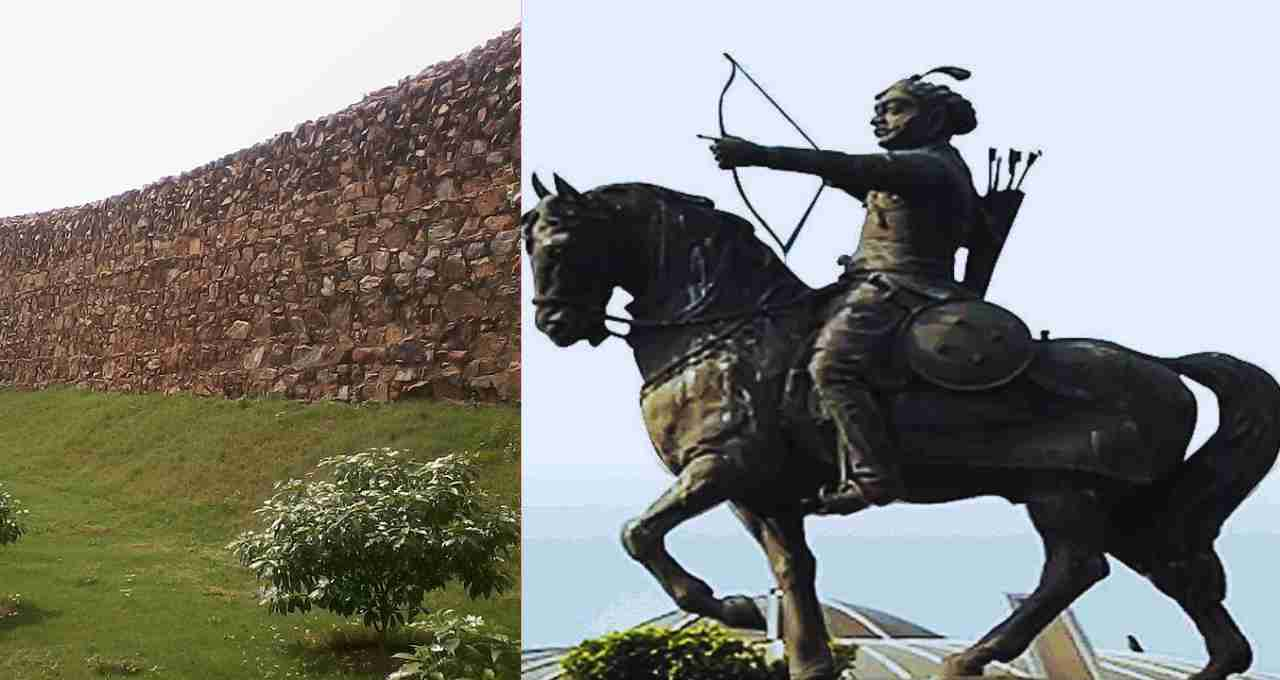
Anangpal II was a brave warrior and a visionary strategist. According to Sridhar's 'Parshvanath Charit,' he defeated Ibrahim Ghaznavi in Himachal Pradesh and King Kalashdev of the Utpal dynasty of Kashmir. His military prowess was so impressive that the rulers of approximately 150 small states under his empire considered him supreme. He was famous as a warrior who crushed the skulls of his enemies, as described in an inscription: 'Asivar Todiya Riu Kawalu, Rananaahu Siddhu Anangwalu.'
Preservation of Hindi Language
Anangpal II is also credited with the preservation and promotion of the Hindi language. He minted coins in Sanskrit and Haryanvi with 'Shri Angpal' and 'Shri Anangpal' inscribed on them. According to historian Harihar Niwas Dwivedi, the actual development of medieval Hindi took place during the reign of the Tomar dynasty, and Anangpal II was its main proponent.
Naming of Delhi: From Dhillika to Delhi
The origin of the word 'Delhi' is believed to be from 'Dhillika.' It is mentioned in various inscriptions and literary texts such as 'Passanaha Charu' and 'Prithviraj Raso.' It is also said that when Anangpal installed the Killi (nail), Vyas said, "Dhillisai Va"—and since then, this place has been named 'Dhilli'.
Legacy of Anangpal II
The Government of India has established the 'Maharaja Anangpal II Memorial Committee' in memory of Anangpal II. Under this, there are plans for his statue at Delhi Airport, a museum, and the excavation and conservation of Lal Kot. This initiative not only revives his historical identity but also introduces the modern generation to the ancient glory of India.
Anangpal II was not only a warrior or ruler but also a great creator of India's cultural, linguistic, and architectural heritage. He transformed Delhi into a cultural and political capital and laid the foundation for strengthening the Hindi language. His contribution is still alive today in the streets, forts, temples, and baolis of Delhi. Recognizing the memory and contribution of such a ruler is like repaying a debt of Indian history.
